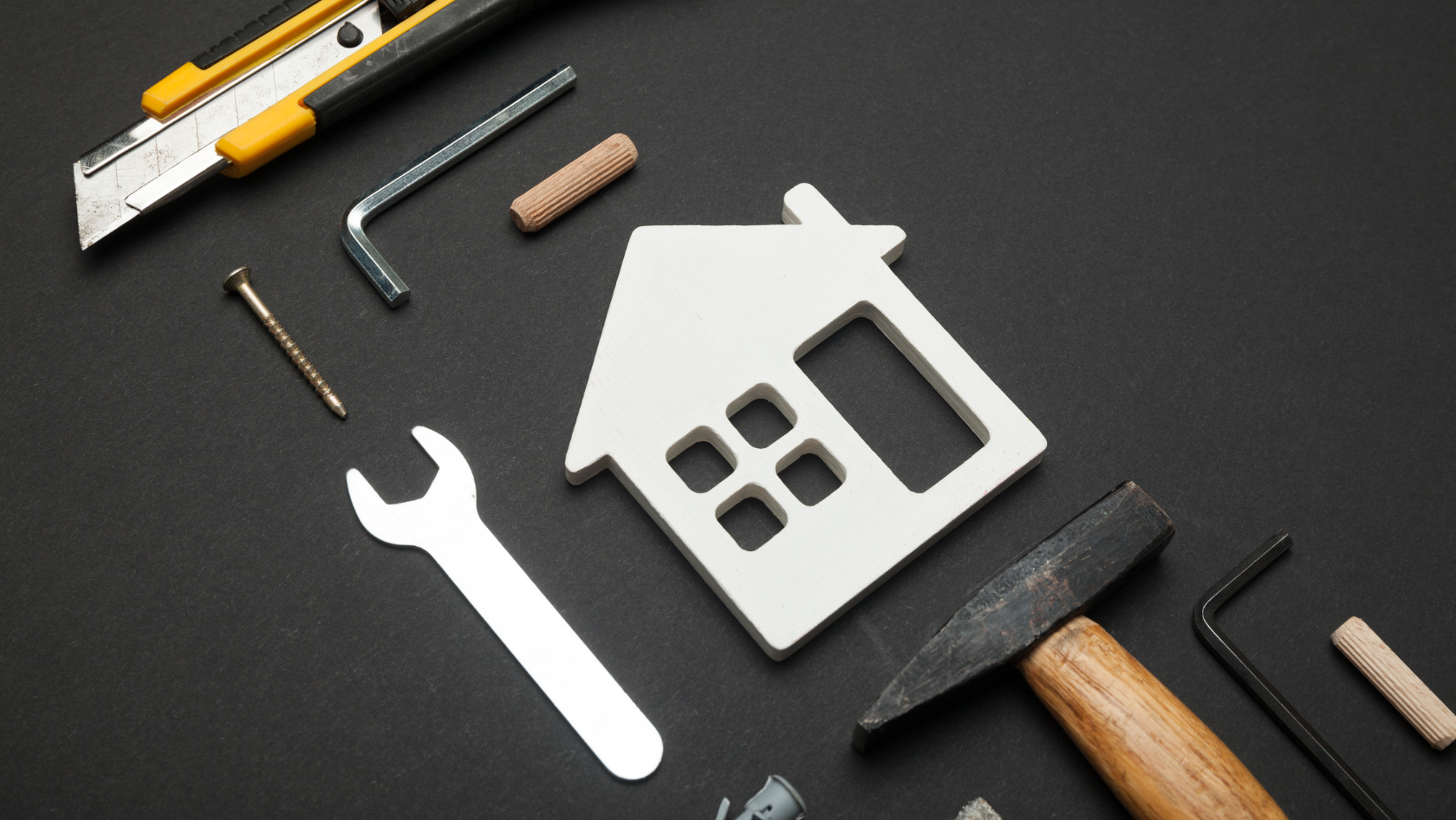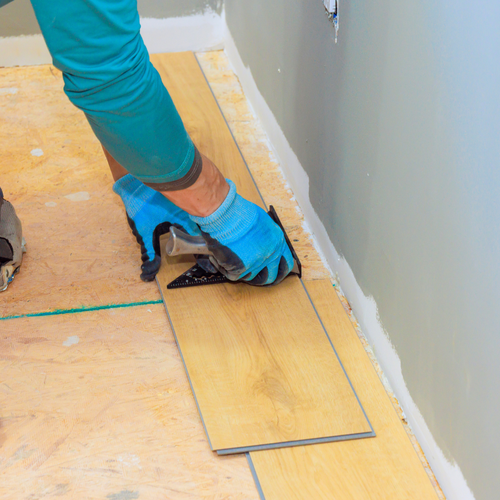A property survey is one of the most underrated but influential documents in a real-estate closing. In Staten Island and Brooklyn, where lot lines are tight and older homes have been extended for decades, the survey often dictates whether a deal moves forward smoothly or hits a legal roadblock.
Here’s what buyers need to understand.
What a Survey Reveals
A standard land survey shows:
Lot boundaries and dimensions
Home footprint and extensions
Fences, sheds and accessory structures
Encroachments from neighbors
Easements, right-of-ways and shared driveways
Setbacks and zoning-related measurements
Any mismatch between what is on the survey and what exists on site can slow or stop your closing.
How Surveys Impact Closing
Encroachments delay title clearance. If a neighbor’s fence or addition crosses your lot line, attorneys must negotiate an agreement or correction.
Setback violations can jeopardize financing. Banks may not lend if the structure violates zoning rules.
Updated surveys may be required. If the seller’s survey is too old or inaccurate, a new one may be ordered, delaying closing.
Shared driveways must match recorded easements. If not, lenders and attorneys may halt the process.
What Buyers Should Do
Review the survey early in attorney review.
Compare it to the physical property - entrances, fences, additions.
Ask whether any encroachments have prior agreements.
Anticipate delays if a correction, updated survey or title clarification is required.
In the 103xx and 11209 / 11214 / 11228 markets, surveys are often the silent deciding factor behind whether a closing stays on time. Knowing how to read one gives you a real advantage.
—
Joseph Ranola | Five-Star Staten Island & South Brooklyn Realtor® (30 + Google reviews)
Associate Broker · Matias Real Estate | Founder · Bridge & Boro Team
Serving 103xx and 11209 / 11214 / 11228 | $25 M + closed volume
📞 917-716-1496 | ranolarealestate.com





